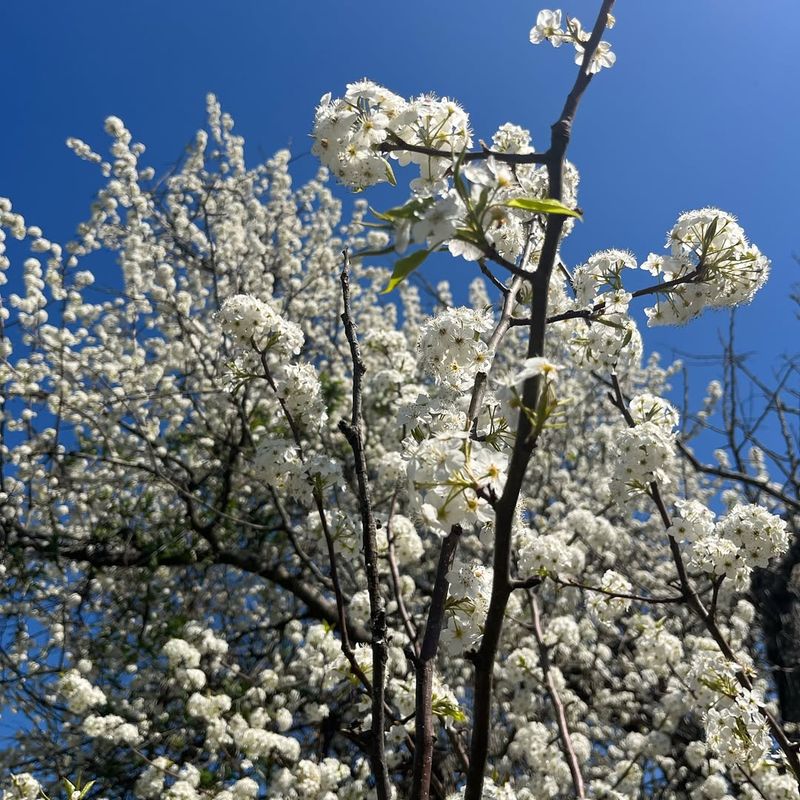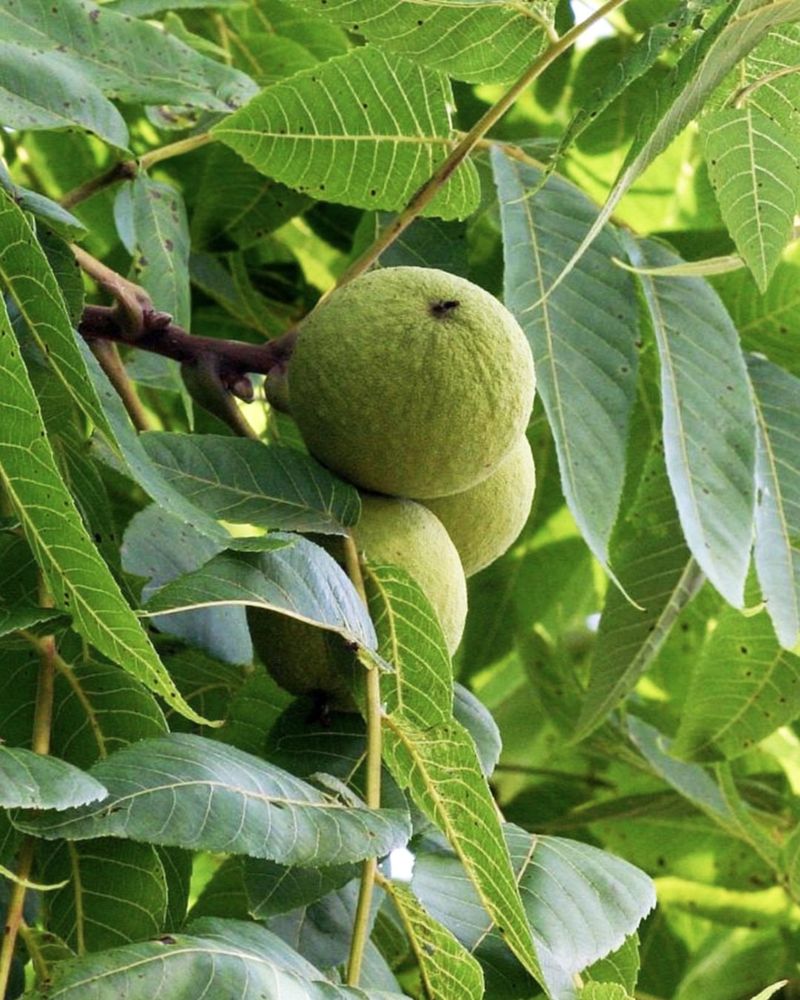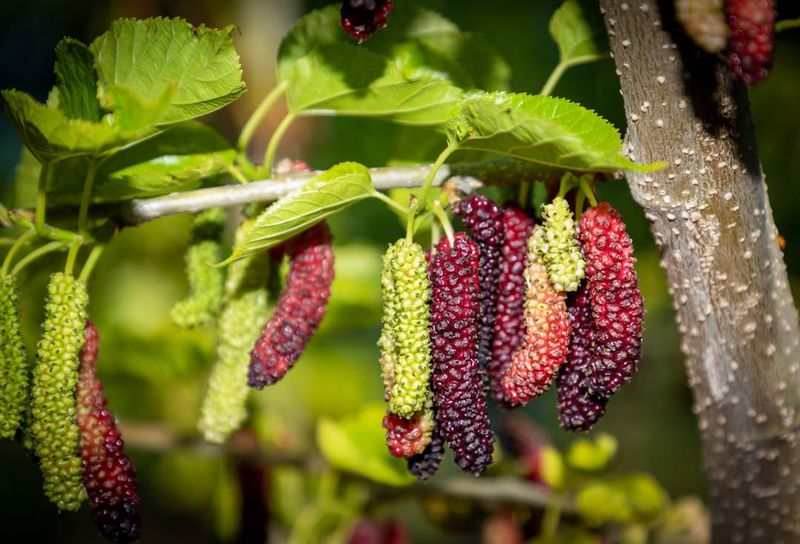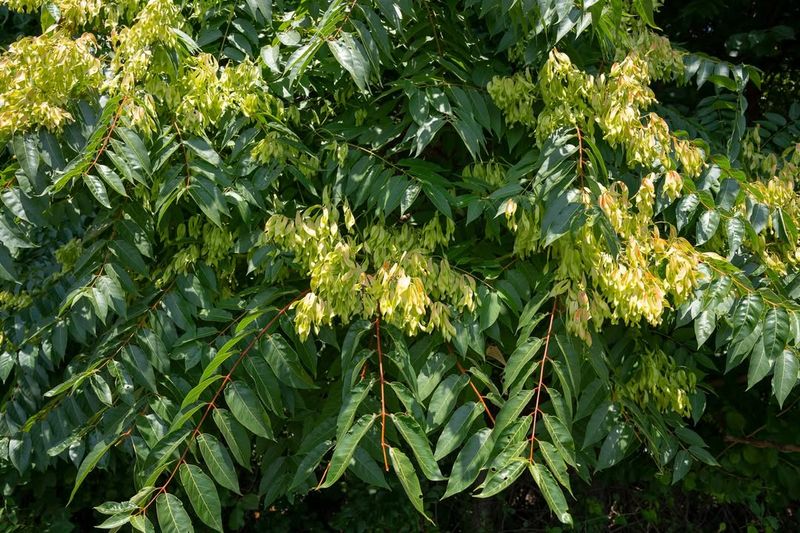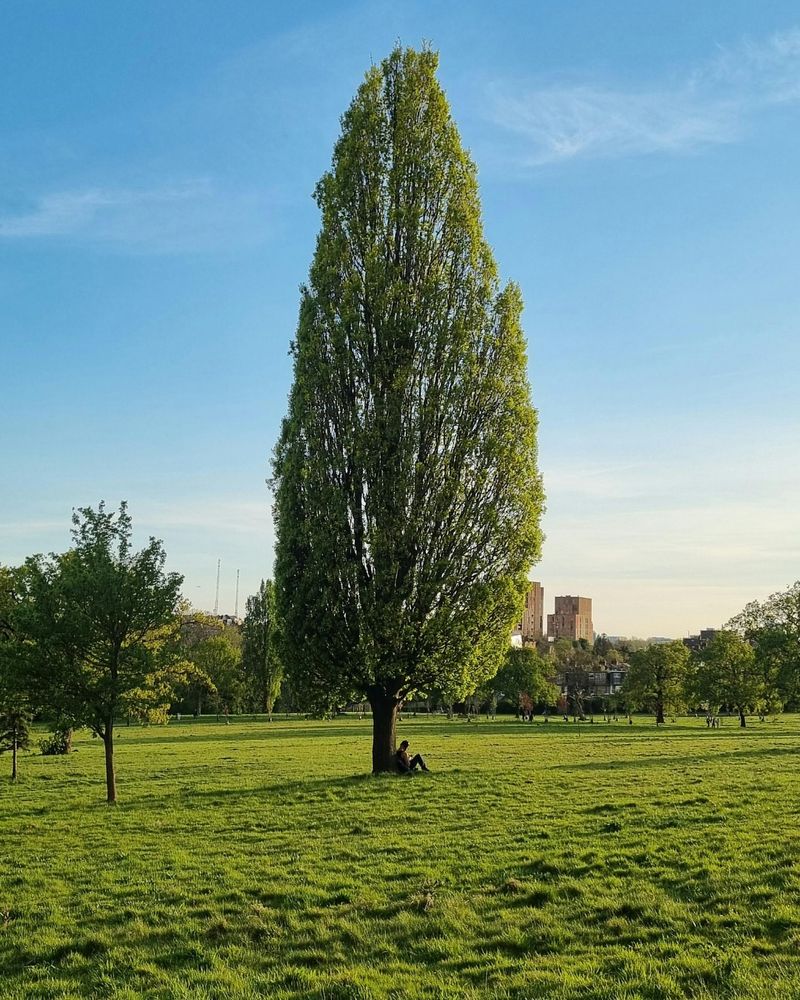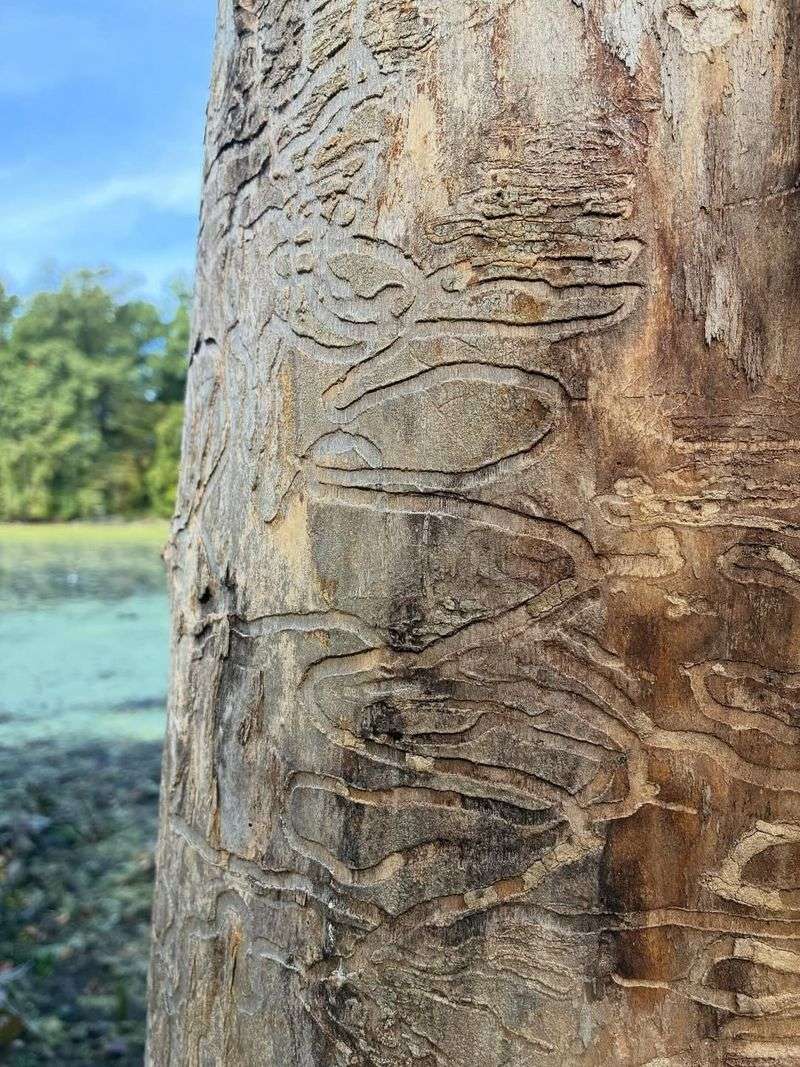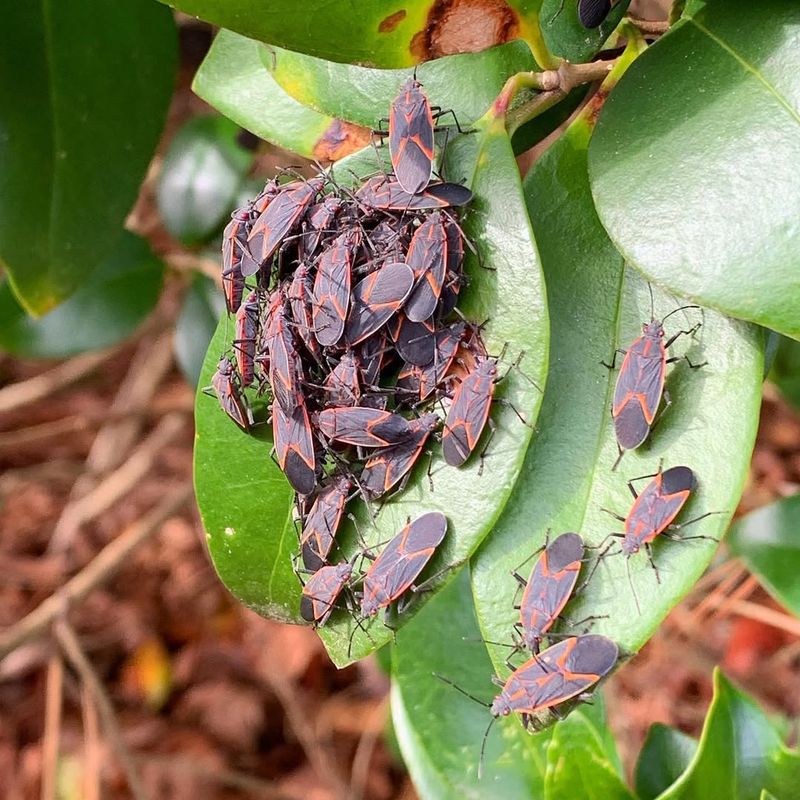A backyard tree should offer shade, beauty, and a sense of place. But in Kentucky, some trees grow faster than they strengthen, shed limbs without warning, or invite pests that spread through entire neighborhoods.
A few of them can turn from charming to troublesome before anyone realizes it.
1. Bradford Pear
Beautiful white flowers might catch your eye in spring, but Bradford Pears hide a dangerous secret beneath their pretty exterior. Their branches grow at weak angles, making them incredibly prone to splitting during storms or even mild winds.
When these limbs crash down, they can crush fences, cars, or anything else in their path. Property owners often face expensive cleanup bills after weather events.
The invasive nature of this tree also creates problems, as it spreads aggressively and crowds out native Kentucky plants.
2. Silver Maple
Fast growth sounds appealing until you realize what comes with it. Silver Maples develop shallow, aggressive roots that snake across your Kentucky yard searching for water and nutrients.
Sidewalks buckle, driveways crack, and sewer lines become invaded by these determined roots. The wood itself is brittle and weak, meaning branches snap off easily during ice storms or high winds.
Homeowners insurance claims often mention this species after storm damage occurs, making it a risky choice for residential properties.
3. Black Walnut
Kentucky gardeners quickly learn to fear this tree’s chemical warfare tactics. Black Walnuts release a substance called juglone that poisons many plants, vegetables, and flowers growing nearby.
Tomatoes, azaleas, and dozens of other species simply wilt and die within the tree’s root zone. The heavy nuts that drop each fall become dangerous projectiles that can dent cars or injure anyone walking underneath.
Cleaning up the constant mess of hulls and shells becomes a tedious chore that never seems to end.
4. Eastern Cottonwood
Imagine your entire Kentucky yard covered in what looks like snow during June. Eastern Cottonwoods produce massive amounts of fluffy seeds that coat everything in sight, clogging gutters and air conditioning units.
Their weak wood breaks apart constantly, littering your property with branches throughout the year. Roots seek out water sources aggressively, frequently invading septic systems and underground pipes.
The sheer size these trees reach makes them dangerous near homes, as falling limbs can cause catastrophic damage.
5. Willow Trees
Graceful and romantic in appearance, Willows turn into nightmare neighbors for underground utilities. Their roots are legendary for finding and destroying sewer lines, septic systems, and water pipes.
Plumbers across Kentucky can tell horror stories about Willow roots creating expensive emergencies. The trees also demand enormous amounts of water, which can stress lawns and gardens competing for moisture.
Branches drop constantly year-round, creating endless cleanup work and potential hazards for children playing in the yard.
6. Mulberry Trees
Purple stains everywhere tell the story of Mulberry ownership. When berries ripen, they drop constantly, creating slippery messes on walkways and permanently staining concrete, decks, and anything else below.
Birds feast on the fruit and then leave droppings all over cars, outdoor furniture, and siding. The stains are notoriously difficult to remove once they set in.
Weak branch structure means limbs break frequently, and the tree’s aggressive growth habit makes it difficult to control without constant pruning and maintenance.
7. Tree Of Heaven
Don’t let the heavenly name fool you into thinking this tree belongs anywhere near your property. Originally from China, it spreads like wildfire through underground runners that pop up everywhere you don’t want them.
Cutting it down actually makes the problem worse, as dozens of new shoots emerge from the roots. The leaves emit an unpleasant odor that many people compare to rancid peanut butter or burnt rubber.
Kentucky officials consider it a serious invasive threat that outcompetes native species.
8. Lombardy Poplar
Tall and columnar, these poplars seem perfect for creating quick Kentucky privacy screens until reality sets in. They’re extremely susceptible to canker diseases that cause branches to die back and eventually kill the entire tree.
Most specimens only survive about fifteen years before becoming unsightly hazards. Their shallow roots make them unstable in storms, and they often topple over onto structures or power lines.
Constant sucker growth around the base requires frequent removal, adding to the maintenance burden these problematic trees create.
9. Ash Trees
Once common throughout Kentucky, Ash trees now face a death sentence from the Emerald Ash Borer beetle. This invasive insect has destroyed millions of trees across the state, leaving dead or dying specimens standing like ticking time bombs.
Dead Ash trees become extremely brittle and unpredictable, with branches or entire trunks falling without warning. Removal costs thousands of dollars, especially for large mature specimens near homes.
Property owners face difficult decisions about treatment versus removal for remaining healthy trees.
10. Box Elder
Box Elder bugs earn this tree its terrible reputation among Kentucky homeowners. Thousands of these insects congregate on the trees and then invade homes seeking warmth when temperatures drop.
They don’t bite or cause structural damage, but their sheer numbers create an overwhelming nuisance inside living spaces. The tree itself offers little value, with weak wood that breaks easily and messy seed pods that litter yards.
Many pest control professionals recommend removing these trees to eliminate the bug problem at its source.


